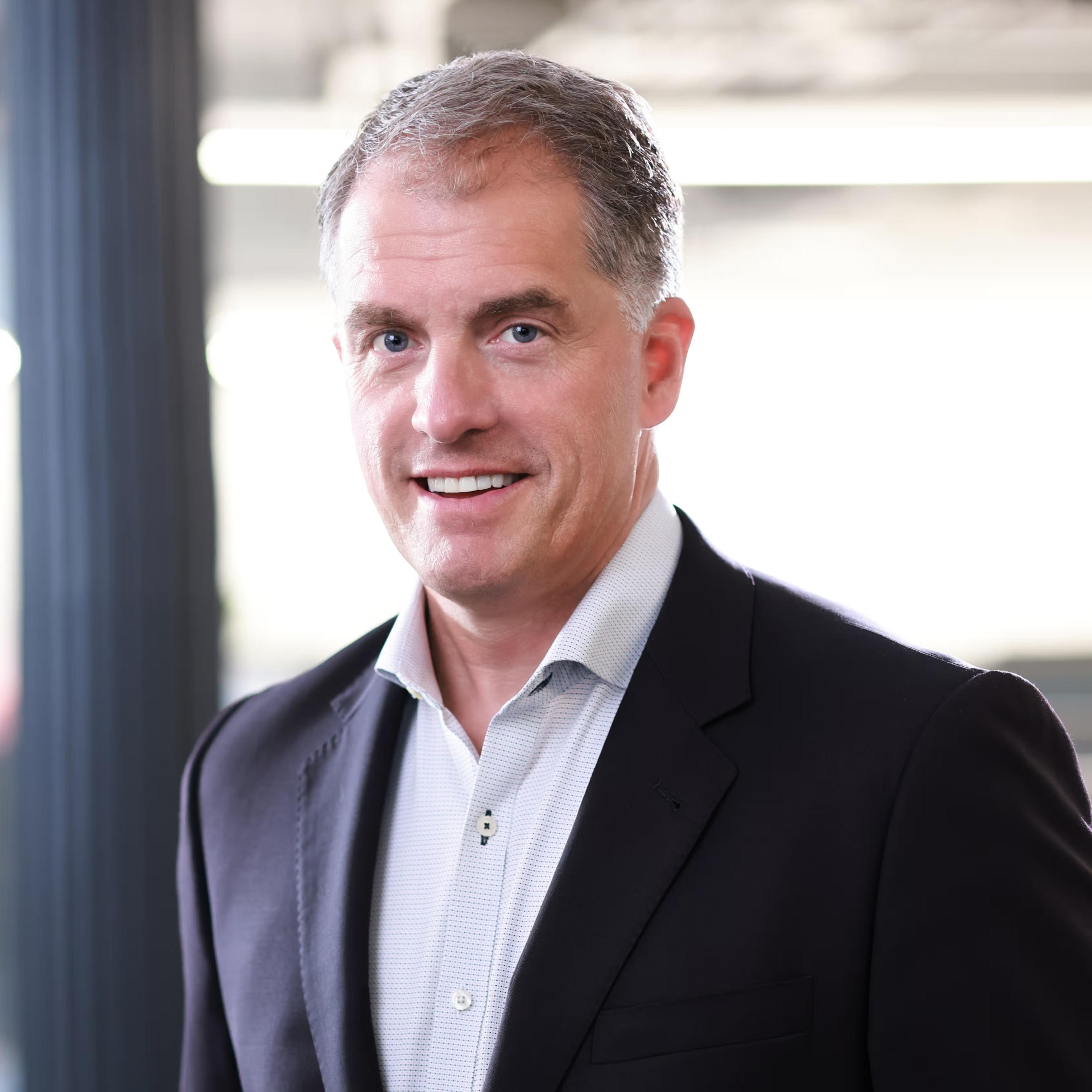article
Health Plans Can’t Wait to Fix Their Data… What Leaders Like Centene’s CEO Know

SECTIONS
"If I could magically change one thing about healthcare, it would be interoperability." That’s how Sarah London, CEO of Centene, responded to Christina Farr of Second Opinion Media when she was interviewed at the recent HLTH 2025 event, zeroing in on what she believes is the sector’s deepest fault line.
In a year packed with economic volatility, regulatory complexity, and technology hype, her choice stands out—and it’s worth a closer look at why she sees interoperability as the lever with the greatest potential to unlock real change in operational efficiencies and impacts.
Problems Health Plans Can’t Ignore
Start by considering the challenges you face heading into 2026. The real frontline battles for health plans aren’t just about rising costs or regulatory complexity—they’re about whether you can trust your own data to power and prioritize the work that matters most.
- AI can’t deliver results without clean, complete data across all systems. If records are mismatched or fields are missing, you get mixed artifacts—not insights, nor efficiencies expected.
- Provider directories are constantly out of date or incomplete if data isn’t kept fresh across sources. That means frustrated members, surprise bills, and mounting compliance risk.
- HEDIS and STARS ratings now rely on a full view of each member—claims, engagement, gaps. If data is inconsistent, reporting turns into a costly annual, after-the-fact scramble, rather than proactively making adaptions to your strategy in real time.
- Medicaid redeterminations expose cracks in your data. When enrollment or eligibility isn’t synced, members drop off coverage for preventable reasons, disrupting risk pools and access to care.
- Regulatory mandates raise the stakes for data accuracy. If systems are out of sync, you face penalties, audits, and lost trust. Today’s rules demand automated, real-time updates—not periodic manual, “brute force” effort fixes that don’t resolve the underlying problem.
Member expectations are speeding past where the industry’s data infrastructure stands today. Members want digital experiences that feel seamless and personalized—instant eligibility checks, relevant health reminders, up-to-date provider information. These real-time interactions break down when your internal data flows can’t keep pace, driving member frustration and missed opportunities for engagement.
Finally, technology hasn’t delivered on its own. A new MIT study—The GenAI Divide: State of AI in Business 2025—found that 95% of companies are seeing generative AI fall short of expectations, with a primary culprit being data quality and fragmentation.
Every one of these roadblocks takes time and resources away from genuine progress. When operational, clinical, and financial data isn’t unified and ready for action, you can’t deliver the experience members want, providers expect, or regulators demand. Interoperability isn’t just about moving data—it’s about removing friction from every aspect of how you serve members and providers.
With these pressures stacking up, Sarah London’s choice of interoperability as her number one priority is clear. You can’t solve any of them at scale until you fix the underlying issue—how well your data moves, connects, and builds a 360-degree view of members and providers.
Why Interoperability Was Her Pick
Sarah could have chosen any issue to magically fix. She’s spoken often about health equity, advancing value-based care, or smoothing Medicaid transitions. But at HLTH 2025, she returned to interoperability because it’s the connective tissue for all these challenges.
Her perspective isn’t new. In a 2023 interview with Chicago Booth Magazine, she stated: “The healthcare system is incredibly complex. It’s the largest industry in our country that has not gone through a technology and digital revolution, but I believe it is now poised to do just that because of the ubiquity of digital data. We’re starting to get to good standards and regulation around interoperability, and we should be able to build a fundamentally more efficient administrative backbone that will allow for a different member experience.”
The Broader Challenge: Why Healthcare Still Struggles
If your organization struggles to reach the nirvana of dynamic data interoperability, you have likely encountered the following challenges:
- Legacy systems blocking the way. Legacy EHRs, payer apps, and provider directories weren’t built to talk to each other, leading to endless reconciliation and manual workarounds.
- Data standards—like FHIR—help, but rarely capture the full context. You might be able to send a record from point A to B, but details about contracts, care plans, or historic claims get lost in translation without a shared, robust data model.
- Security and consent. As you integrate with more systems, privacy risks and compliance headaches multiply. Every new connection must be vetted so you’re not exposing sensitive member data or violating regulations.
- Real-time needs clash with batch processes. Member status, eligibility, and benefit changes move quickly, but legacy workflows and mismatched update cycles can leave you out of date—or out of compliance.
These challenges mean that care coordination, accurate and prompt claims adjudication, provider onboarding and directories, and predictive analytics all hinge on having an interoperable data foundation. The stakes are higher than ever as AI and analytics promise better outcomes, but only if the underlying information is accurate, current, and available.
How Gaine Can Help
This is where Gaine Health Data Management Platform (HDMP) comes in. Gaine HDMP isn’t another standalone fix. It’s designed to be the operational data hub that replaces silos with real-time interoperability.
Here’s how Gaine addresses interoperability challenges:
- Real-time, bi-directional data exchange across all major standards (FHIR, HL7, and more) and disparate systems, so every update can reach every system and user.
- A unified healthcare-specific data model—over 3,000 elements and 300 relationships—that adds layers of context missing from standard formats, ensuring that data about provider contracts, care workflows, and benefit hierarchies stays connected.
- Embedded governance and audit trails. Every update and access is logged at the source, so compliance becomes a living part of day-to-day operations, not a once-a-year scramble.
- Automation of key data tasks—identity resolution, de-duplication, credentialing, consent management, and many others —reducing manual workload and minimizing “data drift” as you scale.
- Proven success: plans using Gaine have retired legacy databases, dramatically improved provider and member registries, cut data steward time by up to 75%, and reduced claim denials by eliminating eligibility mismatches.
- Gaine’s platform creates the foundation for everything you want to do next: better analytics, personalized engagement, scaled AI models, and secure real-time collaboration across your enterprise.
Why Interoperability Is Your Challenge—And Your Opportunity
With Gaine HDMP, Sarah London’s call for industry-wide interoperability is not just a wish, it’s a reality and an invitation for you to rethink how you leverage data as a strategic asset. Whether you’re facing rising claim costs, new regulations, higher member expectations, or provider abrasion, seamless data integration is the pathway forward.
When you’re ready to end the scramble for missing information and unlock agile operations, Gaine can help you build the data backbone that will power your next wave of automation, analytics, enhanced member and provider experiences, and operational efficiencies. Contact Gaine today and move your vision forward, one smart connection at a time.

